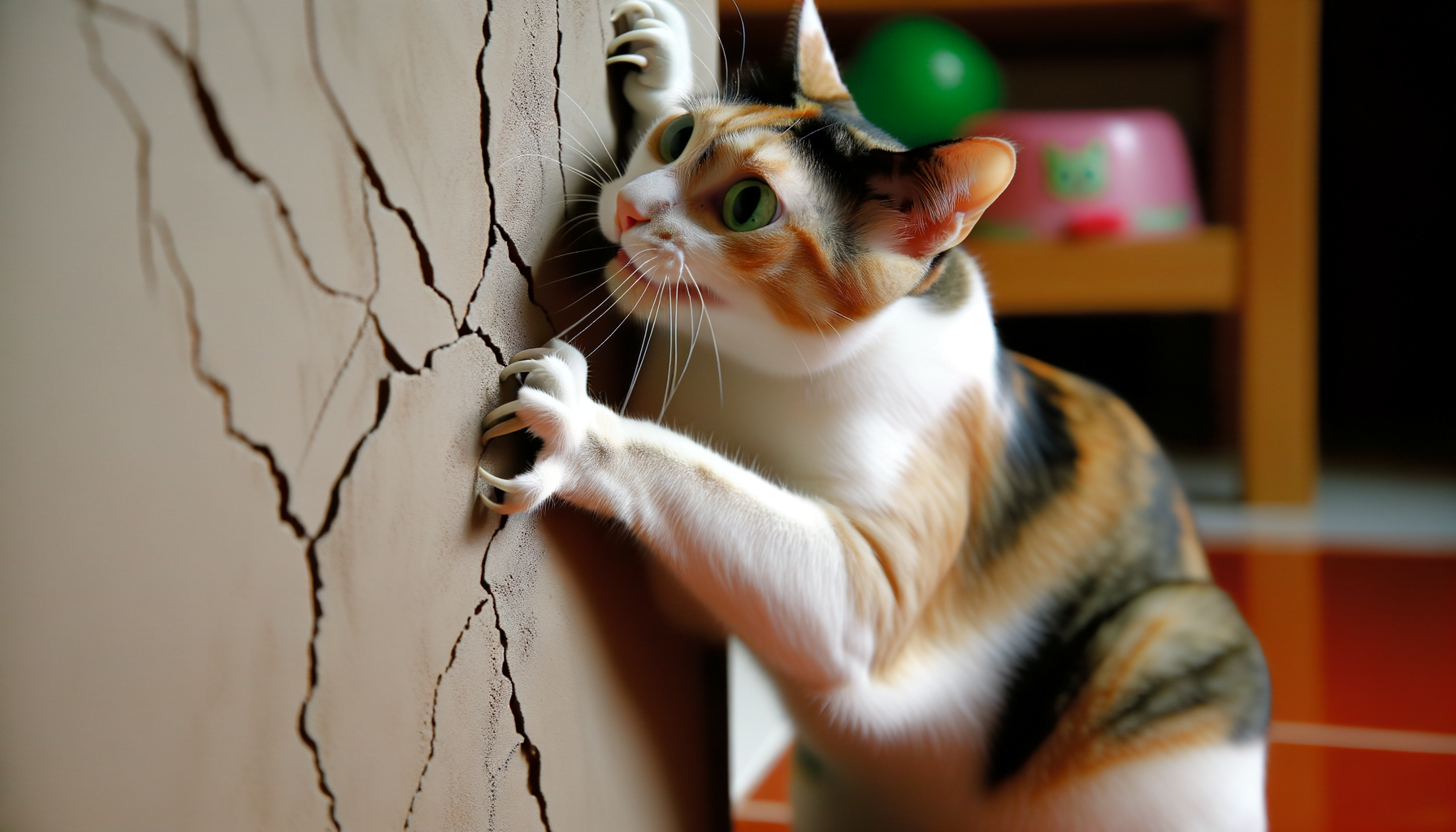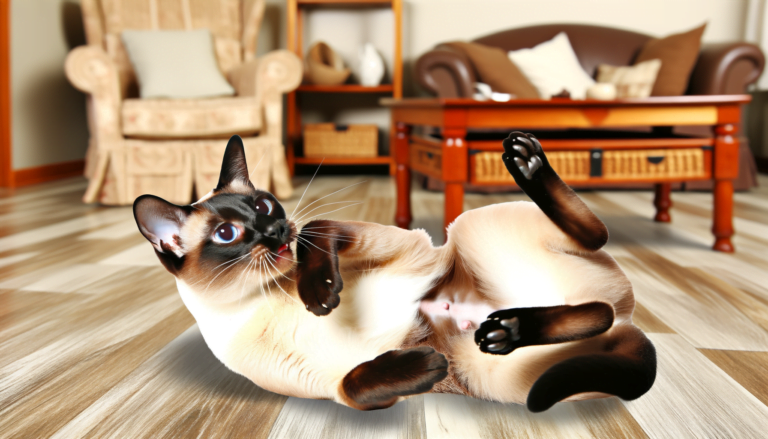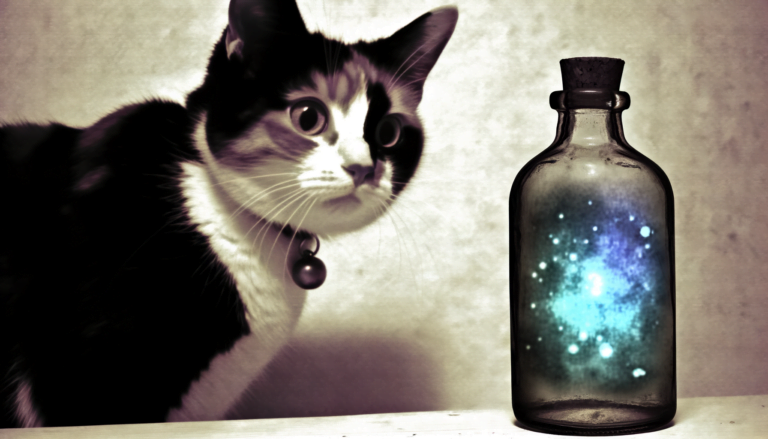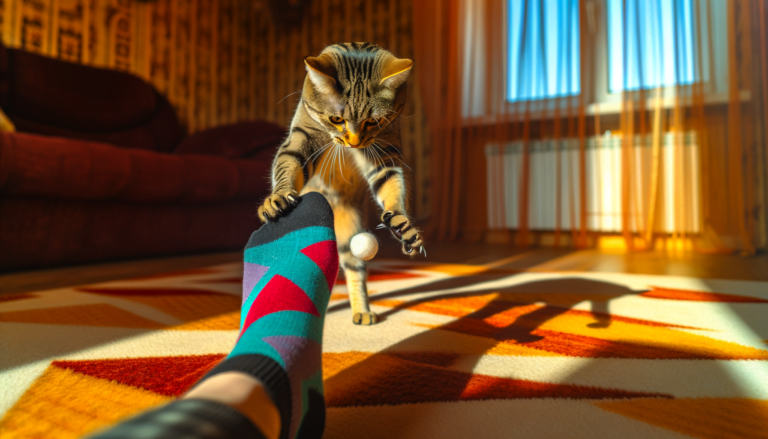Unraveling the Mystery: Why Cats Scratch Walls
Cats scratch walls as a form of exercise and to keep their claws sharp, but there’s more to it. Scratching also helps them to stretch their bodies and flex their paws and claws. It serves as a way to mark territory as well since the pads of their paws contain scent glands. Scratching activity leaves behind both visual marks and scent – a message for other cats that this is their domain. Therefore, in a cat’s world, scratching is a natural, necessary action, done for reasons of health, comfort, and communication.
Practical Solutions to Prevent Cats from Scratching Walls
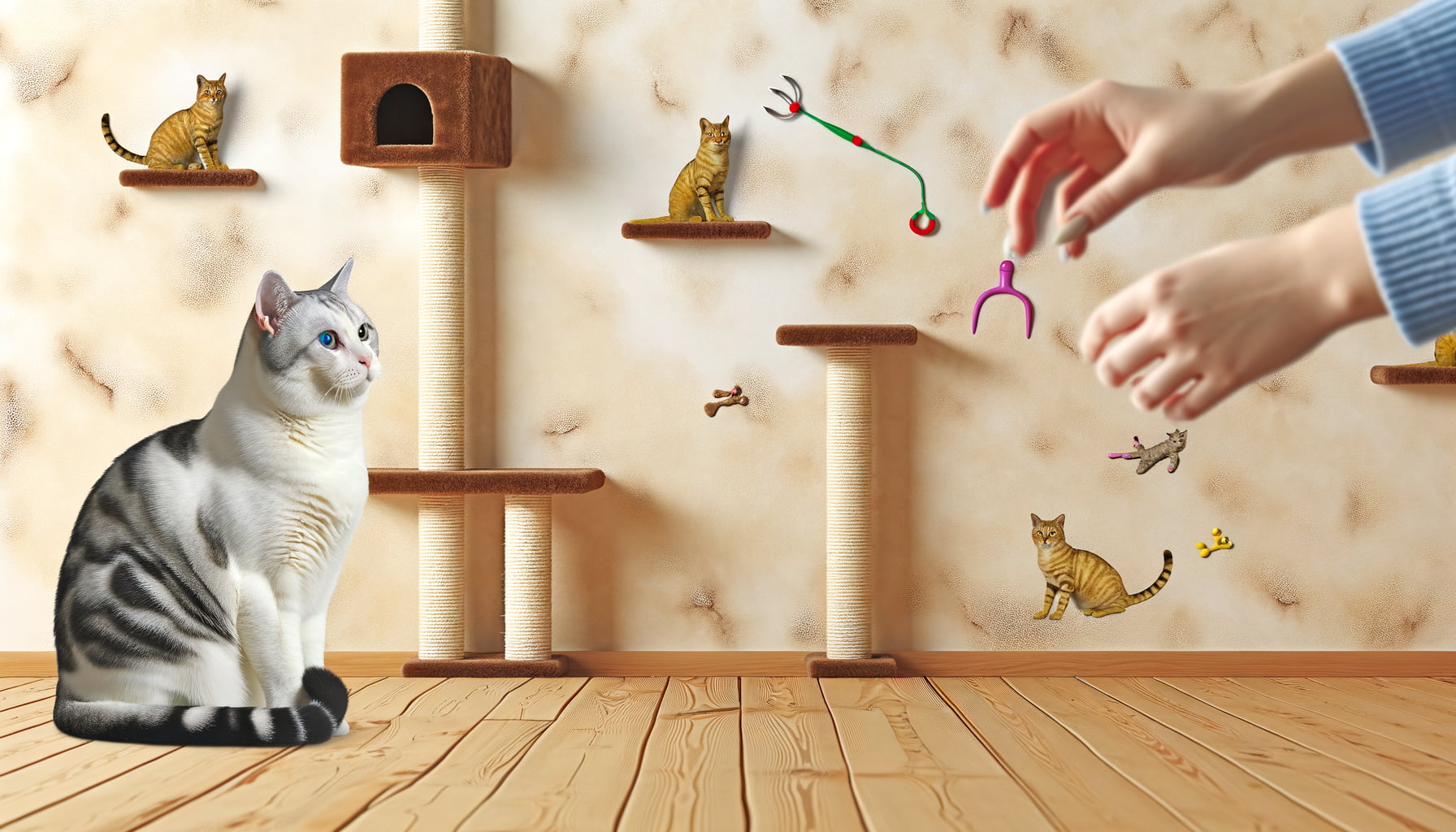
Preventing cats from scratching walls often involves providing alternative outlets for their natural behaviors. A scratching post, infused with catnip or a pheromone spray, may attract your cat’s attention away from the wall. Place these scratch posts strategically near walls they frequently target. An array of textures and heights can cater to their varying scratching preferences.
Using deterrents like double-sided tape or aluminum foil on walls can also be effective, as cats generally dislike the feeling on their paws. These deterrents are safe and don’t harm your cat, just create an unpleasant sensation that gradually discourages the habit. Meanwhile, positive reinforcement when they use their scratch post helps establish preferable behaviors.
Over time, redirecting their scratching behavior onto appropriate items and using gentle deterrents should minimize your cat’s desire to scratch walls. Remember, patience and consistency are key in this endeavor. Always consult your vet if the behavior persists, ensuring there’s no underlying health issues causing your cat’s actions.
Understanding the Cat’s Innate Desire to Scratch
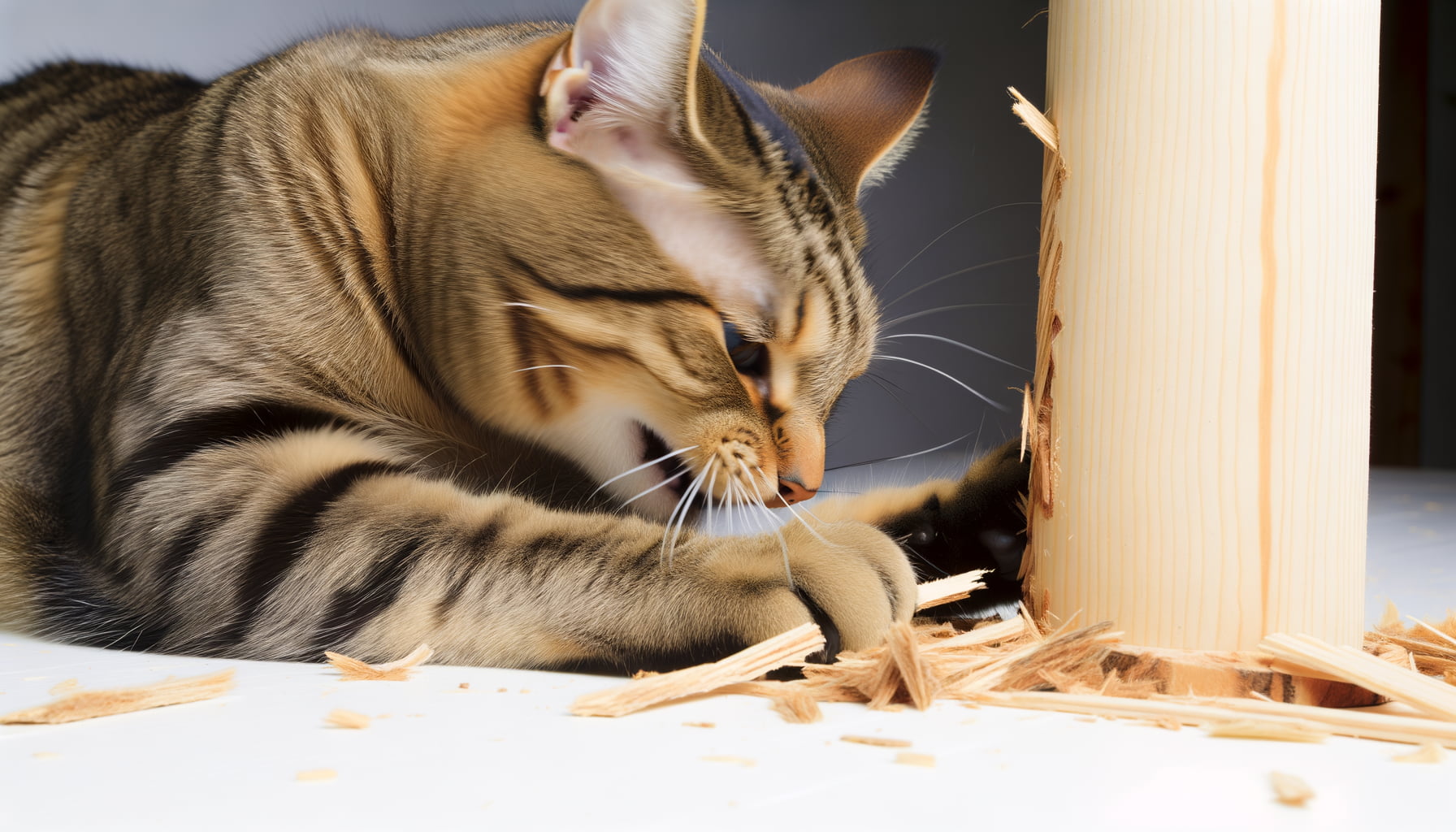
Scratching is part of a cat’s innate nature. Not only does this unique behavior help maintain the health of their claws, but it also allows them to mark their territory visually and chemically. This harking back to their wild ancestors adds an intriguing dimension of perplexity to their behavior.
This ingrained desire to scratch can lead cats to seek out a myriad of surfaces, including walls. While it can seem perplexing for us, it remains an integral part of their primal instinct, adding a burst of unexpectedness to their daily routines. Understanding this natural impulse can help shed light on ways to manage this behavior more efficiently.
Although a cat’s scratching can produce a certain level of wear and tear on your walls, it’s important to remember that this behavior serves a purpose for them. Redirecting their scratching urges to more acceptable alternatives, like robust scratching posts, helps accommodate their instincts without compromising your home’s integrity. This ideal solution brings both perplexity and burstiness to your cat care strategies.
The Role of Claws in a Cat’s Life
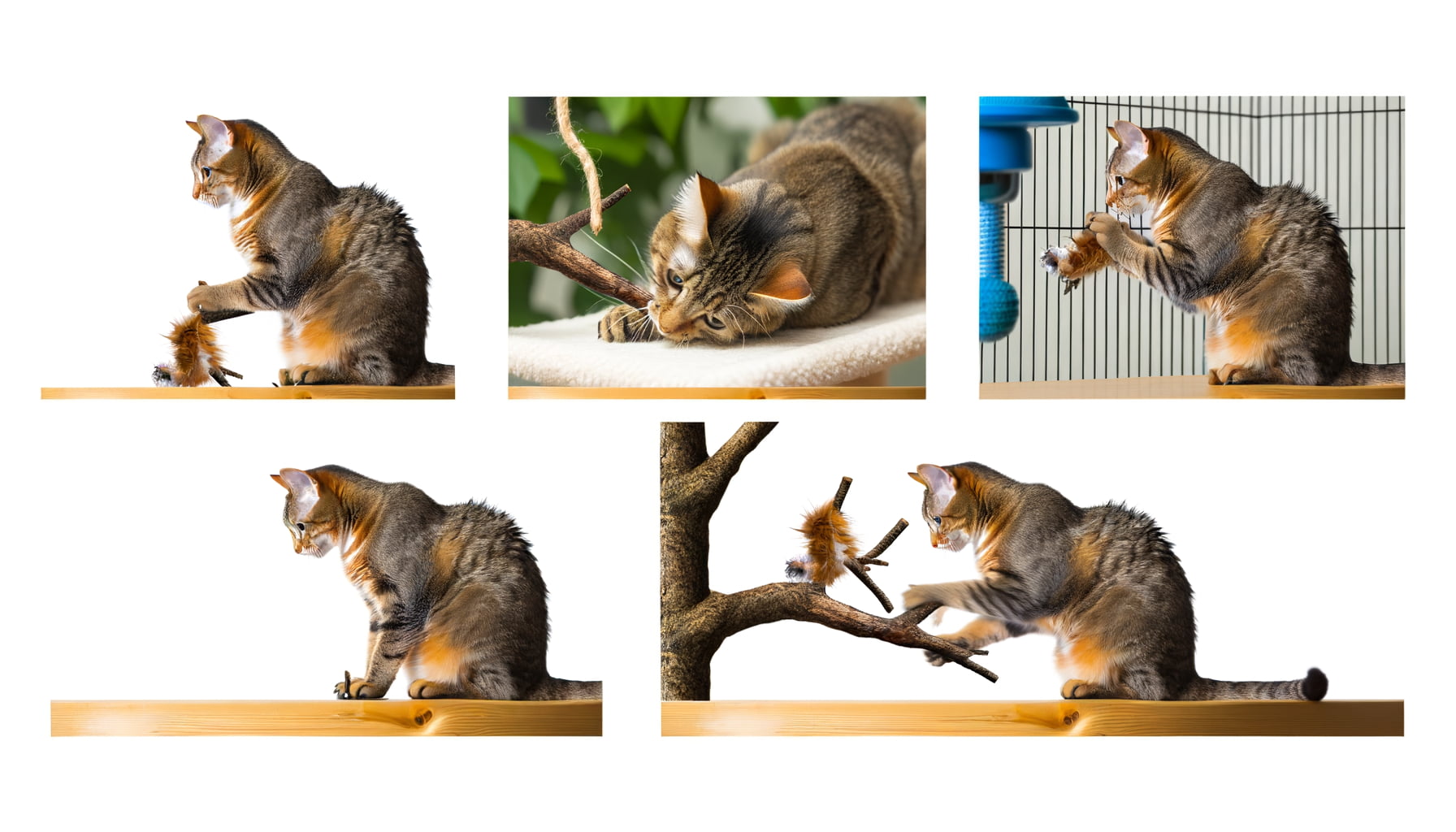
Cat claws play an integral role not only in a cat’s survival but also in their overall lifestyle and routine. As a cat owner, recognizing this can significantly enhance the relationship with your pet.
The topmost function of a cat’s claws is defense. When faced with a threat, cats rely heavily on their sharp claws. Yet, this is not their lone purpose. The agility and precision we often associate with a cat’s movements – especially during climbing, balancing, or grabbing – are facilitated by their claws.
Moreover, the cats’ act of scratching is another pivotal role played by their claws. By scratching walls, surfaces, and objects, the feline is not wreaking havoc for the sake of it. It is, to them, a form of natural behavior used in marking their territory, shedding old claw sheaths, and working off energy. Understanding this aspect, therefore, is a key step towards a more harmonious cohabitation.
Decoding the Behavioural Pattern of Wall Scratching
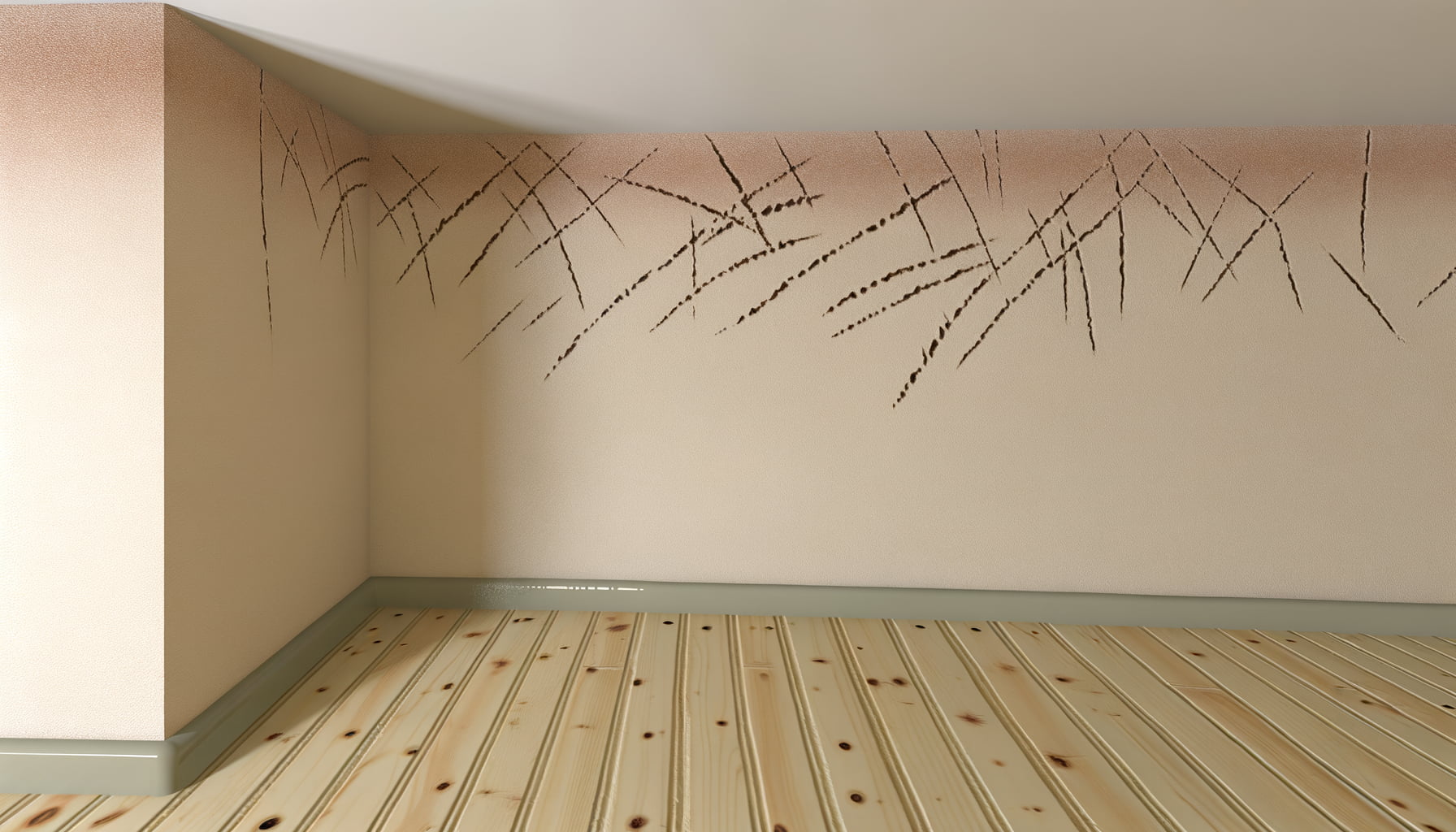
When discussing a cat’s propensity for wall scratching, various factors come into play. Cats, much like their wild counterparts, relish an invigorating stretch while leaving their mark on different surfaces. Among these surfaces, walls often attract a cat’s attention on account of their intriguing textures and hard-to-reach height.
Interestingly, the act of wall scratching is not merely signifying a cat’s boredom or mischievous streak. In fact, it serves a more profound purpose in the feline world. Wall scratching is a natural behavior for cats to exercise their muscles and mark their territory. The physical act of scratching aids them in shedding their worn-out claw sheaths, leading to healthier nails and happier cats.
Likewise, it is essential to regard this behavior from the standpoint of feline communication. The strong scent glands present in a cat’s paw pads release their personal aroma onto the wall during scratching, rendering it a potent communication tool in the multicat household. Therefore, while it may seem like senseless destruction to us, it is, in reality, an intuitive part of the cat’s behavioral pattern.
Conclusion
Understanding why cats scratch walls can help pet owners better care for their feline companions. Through a combination of natural instincts, environmental stimuli, and potential health factors, this behavior can be unraveled and addressed effectively. By providing appropriate scratching posts, engaging playtime, and regular vet check-ups, cat owners can ensure their pets are happy and healthy.
As we continue to delve into the mysteries of feline behavior, it is essential to approach the topic with curiosity and a readiness to learn. By observing and understanding our cats’ actions, we can create a harmonious environment that meets their needs and strengthens the bond between human and pet. Together, we can unlock the secrets of why cats scratch walls and provide them with the care and attention they deserve.
